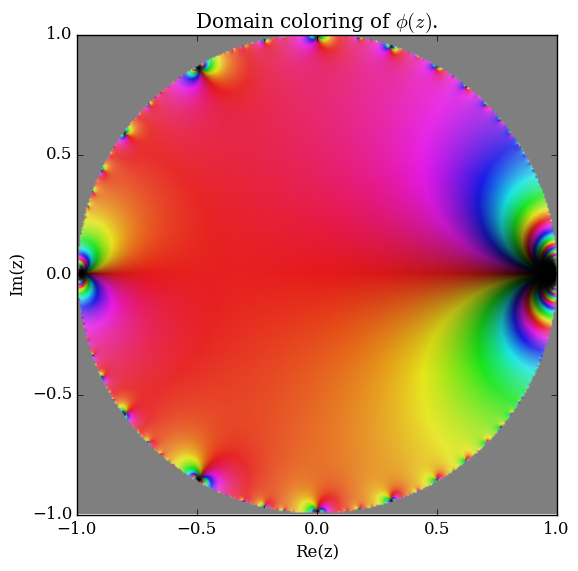
Every odd integer exceeding 1 is trivially a nontotient. A nontotient is a natural number which is not a totient number.

The valency or multiplicity of a totient number m is the number of solutions to this equation. The multiples of p that are less than or equal to are and there are of them. A totient number is a value of Euler's totient function: that is, an m for which there is at least one n for which (n) m. Proof: since p is a prime number the only possible values of are and the only way for to not equal 1 is for m to be a multiple of p. Leonhard Euler Eulers constant Euler-Mascheroni constant Eulers formula Riemann zeta function Eulers totient function Eulers criterion for quadratic. Euler’s totient function is a multiplicative function, meaning that if two numbers m and n are relatively prime, then An example of Euler’s phi function: If we want to find the phi of 8 we first have to look at all the values from 1 to 8 then count the number of integers less than 8 that do not share a common. here gcd denotes greatest common divisor.įor example: n = 9, there are the six numbers 1, 2, 4, 5, 7 and 8.They are all relatively prime to 9, but the other three numbers in this range, 3, 6, and 9 are not, because gcd(9, 3) = gcd(9, 6) = 3 and gcd(9, 9) = 9. arXivLabs is a framework that allows collaborators to develop and share new arXiv features directly on our website. Two numbers a and b are called relatively prime, if gcd(a,b) = 1. arXivLabs: experimental projects with community collaborators. In number theory, denotes the number of integers <=n which is relatively prime to n.


 0 kommentar(er)
0 kommentar(er)
